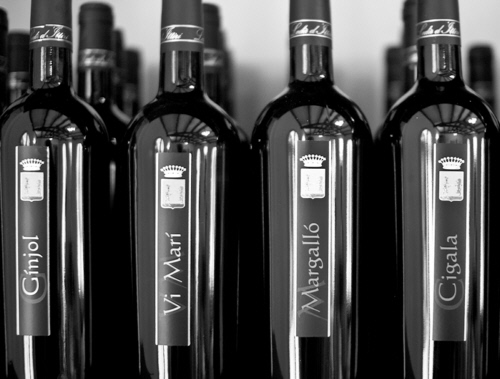About midway between Fertilia and Santa Maria La Palma, we turned north and after about 500 metres, at Arenosu, we arrived at the great gate at the entrance of the guesthouse of Annamaria Delitala and Antonella Ledà d’Ittiri. After having entered the property, we passed a well-tended garden in perfect harmony with the superbly restored house.
The city of Fertilia and its surroundings including Santa Maria La Palma were originally marshes where abundant flies made life miserable for the few locals who lived in this area, while malaria was widespread. The marshes were reclaimed by draining first by the fascists in the twenties and thirties, then after some years break, it was continued in the fifties with the stated purpose of giving small pieces of land to local peasants, but also to peasants as far away as Veneto and Emilia Romania on the mainland. A small farmhouse and a barn for housing the animals were built on each piece of land bordering similar-sized pieces of land on all sides.
This farm is located in an extended flatland ranging from Alghero to Monte Doglia, a tree-covered hill looming behind the rows of vines of the farm, and it is situated inside the natural park of Porto Conte where animals like hares, fallow deer and wild boar live.
Twenty years ago, the family d’Ittiri-Delitala bought and unified two adjacent properties in order to restore one of the farmhouses and create a guesthouse. The former farmhouse and barn have been turned into one building, housing a big, high-ceilinged meeting-room where their guests are welcomed and offered to taste the products of the farm, like red wine and extra virgin olive oil.
In fact, in addition to managing a guest house, the owners have set aside 18 hectares for cultivation of vines and olive trees. They started planting Merlot and Cabernet vines before gradually starting to cultivate the Cagnulari vine, a native vine with red grapes which reportedly were brought to Sardinia during the Spanish domination (1326-1708). This vine was rediscovered and reintroduced, in particular in the regions of Usini and Alghero during the last decades. In fact, this vine is being cultivated in a limited area in the north-west of Sardinia where its excellent characteristics come to the fore. Being a delicate plant, apart from the north-west of Sardinia, it is only being cultivated in parts of Puglia.
This vine is cultivated together with wild herbs and has to be treated with extreme care and both the harvest and the pruning are done manually.
They are also cultivating Vermentino, a vine originating in the area of Alghero, but now widespread around the world.
The philosophy of this farm is to make high quality products in low quantities, and offer a warm and welcoming hospitality to those who want to sense the tastes and fragrances of their products.
Some years after having started growing vines, the owners also started growing olive trees, planting a typical species like the Bosana, the most common olive tree in Sardinia, the Carolea, an olive tree from Calabria and the Nocelllara which comes from Sicily. The olives are turned into extra virgin olive oil and, like the local tradition, laid in brine.
Their products are sold directly to visitors and local restaurants. Limited quantities are exported to mainland Italy and abroad.

